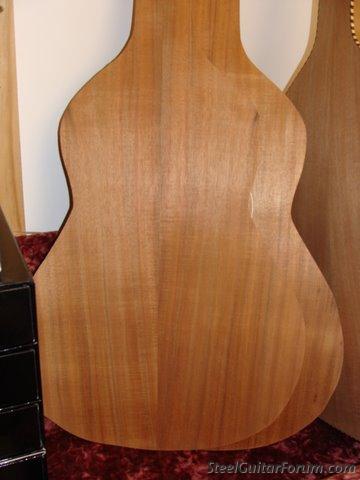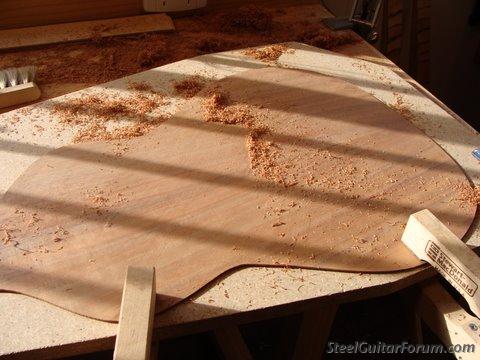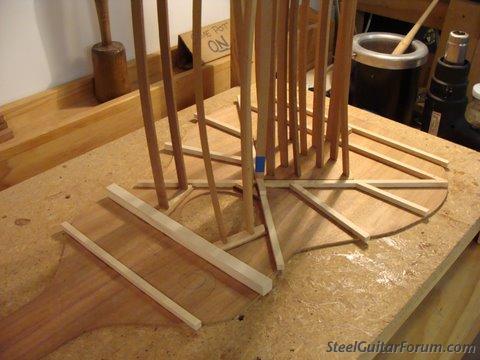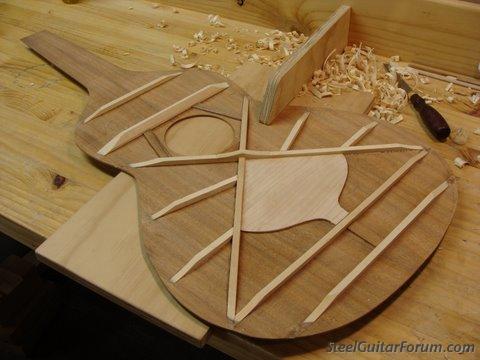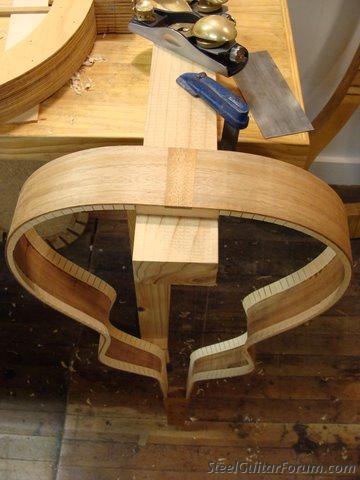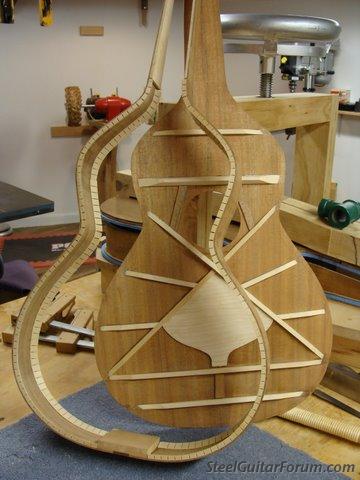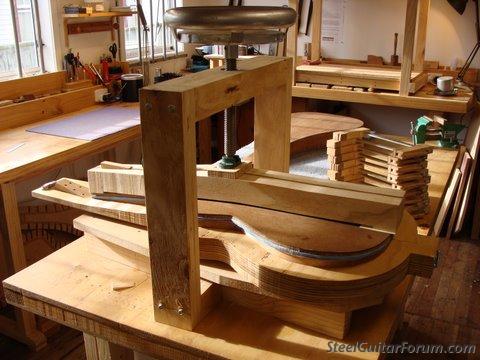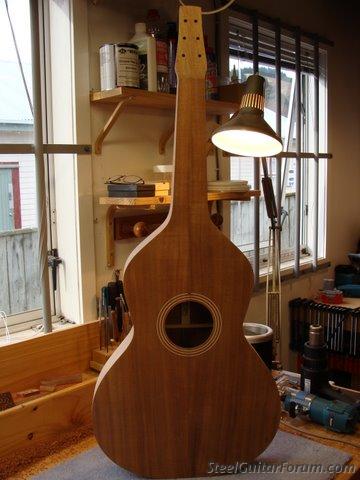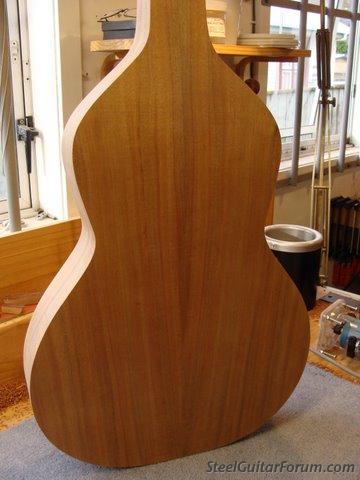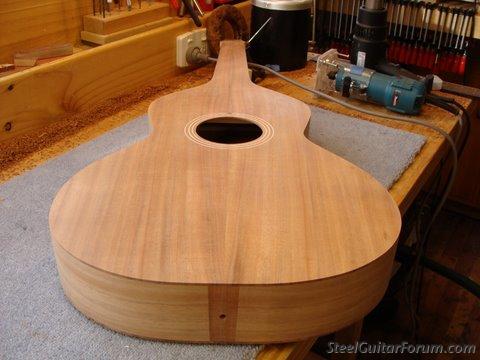Here are some photos of old growth air-dried koa that I've picked out for my new Weissenborn guitar which is being made by New Zealand based luthier Tony Francis. If you are not already familiar with Tony's work and/or interested in learning more about Weissenborn guitars I highly recommend taking a look at his blog http://tonyfrancisguitarco.blogspot.com/ Tony is a boutique guitar manufacturer and vintage guitar repairman, specializing in Hawaiian slide guitars. There’s a really cool section posted there detailing the restoration of a vintage teardrop Weissenborn guitar that I thoroughly enjoyed.
My introduction to Tony's guitars came through a former student of mine who came to class one day with his new style 1 Weissenborn in tow. When he opened the case I was duly impressed by the obvious attention to detail in replicating the design of a vintage Weissenborn. I mean down to minute details! Once I played that guitar, however, I knew that I'd have to buy one someday. I'd never played anything that so fully captured the sound/playability of my vintage mid-1920's style 1 Weissenborn guitar. That initial experience led to an ongoing conversation with Tony which further piqued my interest. Tony's commitment to faithfully executing Herman Weissenborn original design is nothing short of extraordinary - old growth air-dried Koa, hide glue construction throughout, hand applied nitrocellulose finish and a hundred other details which may not be apparent to the eye but contribute to creating that magical Weissenborn tone.
It will take a few months for my new guitar to be completed. I will post more photos as the construction process continues. I am really looking forward to this!

